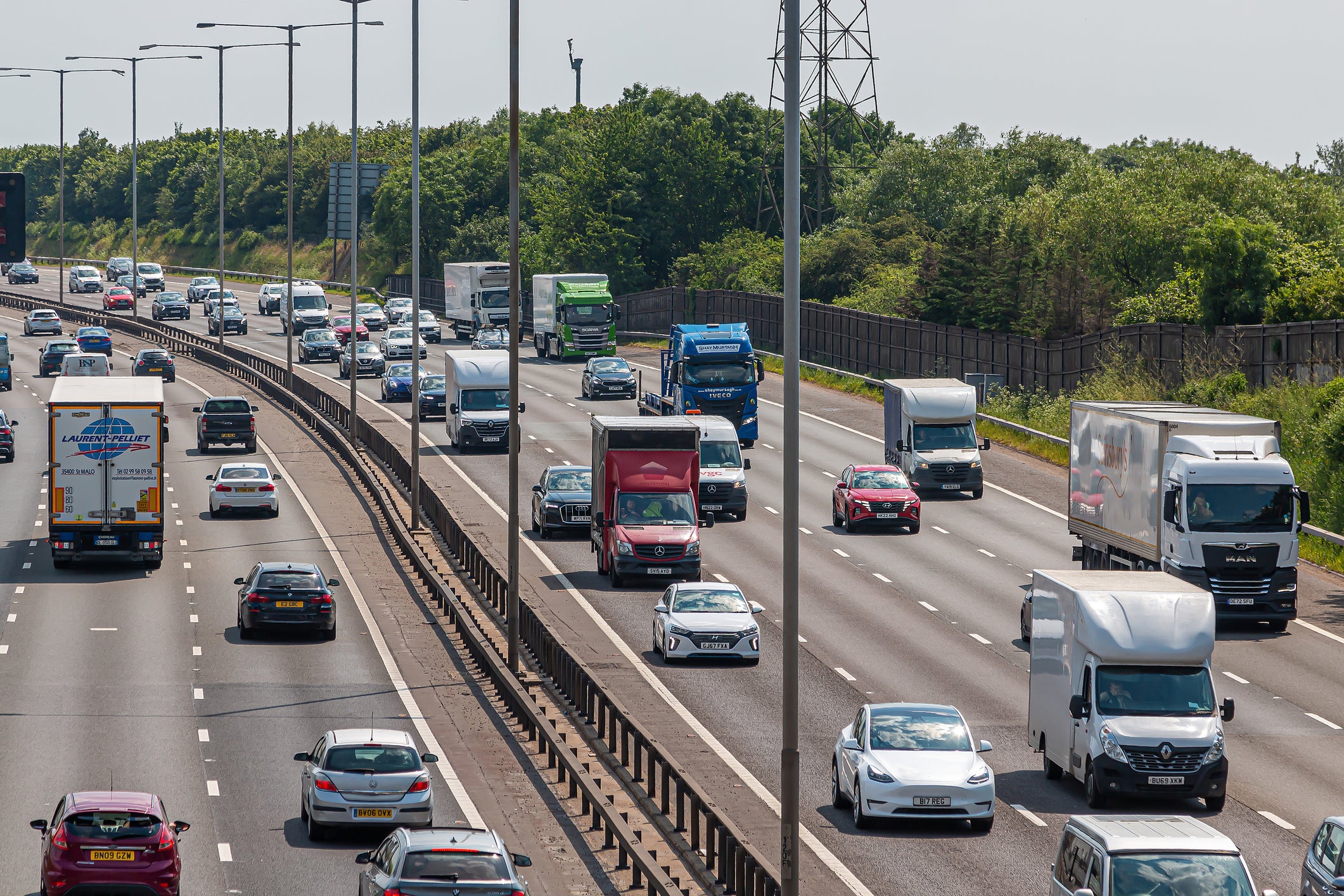Warning over Easter ‘carmageddon’ traffic chaos – which day will see the worst traffic?
Drivers can expect lengthy queues as millions take to the roads over the long weekend

Drivers are being warned of chaos on roads over the Easter weekend, with as many as 18.5 million car trips planned at the start of school holidays.
Those setting out on their journeys are likely to encounter delays from Thursday 28 March, when children break up at the end of term, into Good Friday, with one specialist warning that it could be “carmageddon” for those making their getaways.
The overall travel picture should not be as bad as in 2023, when the Easter weekend coincided with strikes that led to the cancellation and delays of dozens of flights and widespread rail engineering work.
This year, the RAC expects that 14 million car journeys will be made, while The AA believe this could rise to 18.5 million.
Separate research from the UK’s two biggest breakdown companies paints a different picture of when exactly the heaviest traffic will be.
Good Friday “could spell some of the worst delays” according to the RAC, based on research conducted with transport analytics specialists INRIX.
Traffic is expected to be heaviest between 11am and 3pm, with two popular routes for holidaymakers – the M5 southbound between Bristol and Taunton and M3 between the M25 and the south coast – predicted to be affected by some of the longest jams. Journey times are expected to extend to one hour 48 minutes and two hours 18 minutes, respectively – twice as long as usual.
The AA are advising that Saturday (30 March) will see the peak of car journeys, with Easter Sunday and Easter Monday the quietest, despite 16 million cars expected to be on the road.
“Lengthy queues can be expected along routes to the usual hotspots like the West Country, the Lake District and the south coast, especially during the middle of the day when most people make trips,” said RAC Breakdown spokesperson Alice Simpson.
“While a good proportion of drivers aren’t yet tying themselves to a date, there may be even more cars on the road than anticipated if the sun decides to make an appearance.”
She advised that “anyone who can delay leaving on Thursday 28 March until much later in the evening or set off as early as possible on Good Friday is likely to have a better journey than those who travel during the peak periods of the day.”
Andy Butterfield, Customer Services Director at National Highways said: “This is the first bank holiday of the year, so we expect the roads to be busy with people looking to make the most of a long weekend.
Meanwhile, Transport for London (TfL) has confirmed that there will be planned closures taking place between 29 March and 1 April on the Elizabeth line, parts of the London Overground, DLR and London Trams.
Glynn Barton, TfL’s chief operating officer, said that the disruption was due to “essential safety works and service upgrades” but that “the majority of our network will be running” over the Easter weekend.
Join our commenting forum
Join thought-provoking conversations, follow other Independent readers and see their replies
Comments
Bookmark popover
Removed from bookmarks